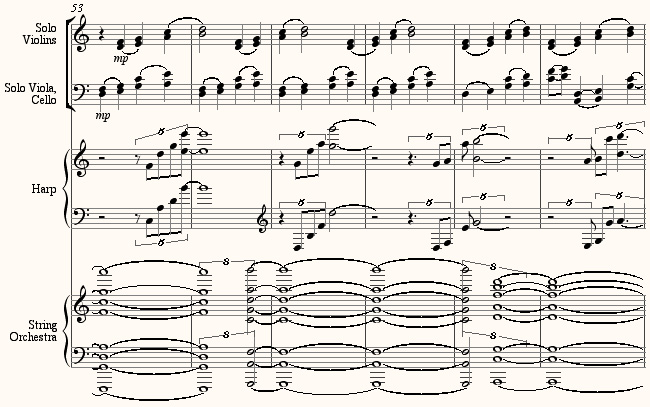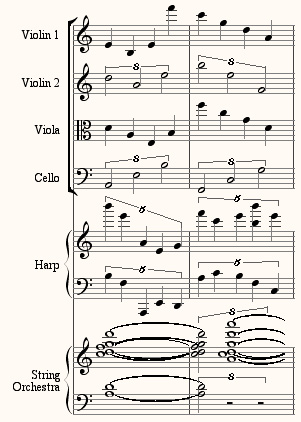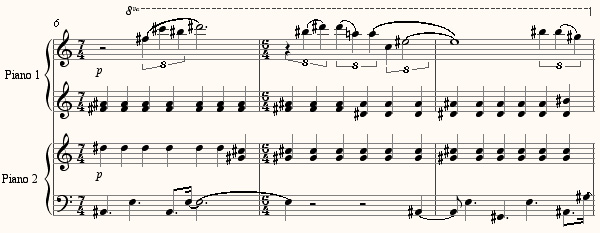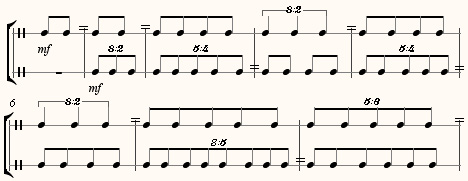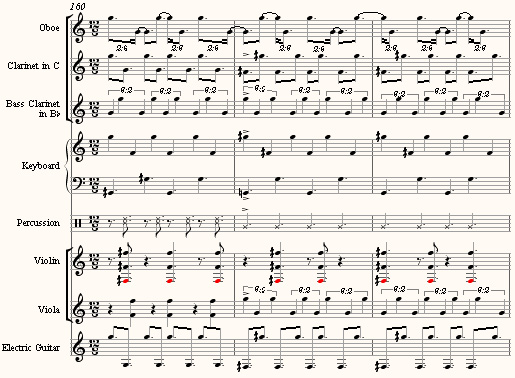Jan Herman sent me this link, and I absolutely laughed my ass off. It would be churlish not to share such effective medicine with the world. (If the link doesn’t still take you to Ten Worst Album Covers, try this: http://salamitsunami.com/archives/91.)

